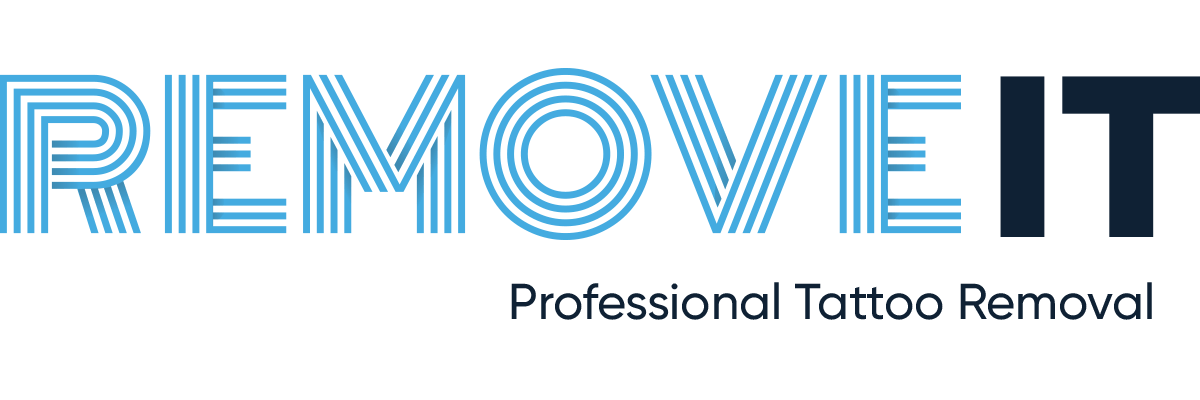Our Technology
Three Wavelengths. Two Lasers. One Powerful Solution for Tattoos.
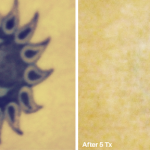
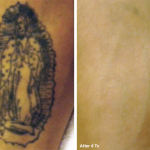
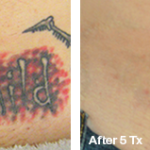
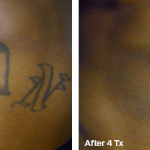
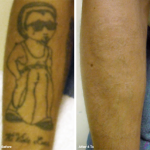
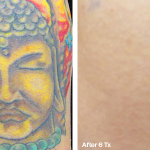
The Astanza Trinity tattoo removal laser machine combines the power of two tattoo removal lasers, the Duality and the EternityTSR, to give practitioners exceptional tools for treating unwanted tattoos. With 532nm, 694nm, and 1064nm wavelengths, high energy production, and a variety of beam improvements, the Astanza Trinity tattoo removal system can remove virtually any tattoo quickly, safely, and effectively.
The Trinity laser treatment machine is the ideal choice for elite practices that want top-of-the-line technology to treat colorful inks, including resistant shades of blue and green. The Trinity was designed by our laser experts to get the job done in twice the amount of power with twice the number of lasers, adding up to a dual solution to your needs.
By featuring two standalone tattoo removal lasers, the Trinity system provides unrivaled power and reliability – leading the laser industry as the ultimate three-wavelength tattoo removal laser technology solution.
Three Wavelengths for Full-Spectrum Coverage
The Astanza Trinity delivers three full-powered wavelengths – 532 nm, 694 nm, and 1064 nm – to give effective treatments for the widest range of tattoo colors.
Each wavelength targets a precise set of colors, working together to give practitioners a full-spectrum solution against colorful tattoos. The Trinity’s Nd:YAG laser produces the 1064 nm and 532 nm wavelengths – the most popular wavelengths used in the tattoo removal field. The 1064 nm wavelength is ideal for treating darker ink colors (black, blue, green), and the 532 nm wavelength is effective against brighter ink colors (red, orange, yellow, brown, violet). Together, these two wavelengths target the ink colors in 90-95% of tattoos.
The remaining 5%-10% of tattoos feature bright blues and greens that need an additional solution to achieve complete removal. The Trinity’s third wavelength – 694 nm produced by the ruby laser – precisely targets resistant ink shades such as vivid blue or green. The 694 nm wavelength is effective on resistant black inks and excellent for treating pigmented lesions. The Trinity’s three wavelengths are full-powered – with 6x the power of dye handpieces – to fully remove resistant inks when other systems cannot.

Advanced Photomechanical Ink Shattering
Traditional Q-switched lasers with longer pulse durations (30 to 100 nanoseconds or more) heat the skin for longer periods of time.
While long pulse durations are useful for some aesthetic applications (such as hair removal), tattoo ink particles are minuscule (just nanometers in diameter) and are best treated by shorter pulse durations, such as the 6 ns (6000 picosecond) pulse duration offered by the Trinity.
When the short pulse duration of the Trinity is matched with its ultra-high pulse energy, an intense “peak” of power is created, not just heating the ink particles in the skin but instantly shattering ink with a photomechanical “shockwave” effect that travels through the skin tissue.
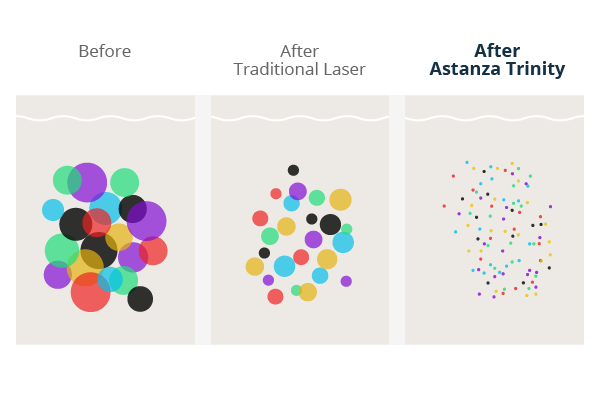
Reach Ink Deeper in the Skin
The Trinity features two spot beams: one for Nd:YAG wavelengths and one for ruby wavelengths. Both shapes offer large 5 mm square spot sizes for faster treatment. While many systems on the market now offer large spot sizes, few offer adequate fluence levels for treating ink at large sizes.
Being able to effectively use the laser at large spot sizes allows for ink to penetrate deeper into the dermis and experience less scattering within the skin tissue. By focusing the beam deep into the skin, practitioners will acheive a better response with deeper-placed ink particles – yielding faster ink clearance and facing fewer “stubborn” tattoos.

Faster Treatment Times
The Astanza Trinity system features the fastest repetition rates available for laser tattoo removal– for both the Nd:YAG and ruby lasers.
With 10 pulses per second for 1064nm and 532nm wavelengths and 2 pulses per second for the 694nm wavelength (the world’s fastest and most powerful ruby laser) and large spot sizes, the Trinity offers practitioners the tools for faster treatment times – which contributes to patient comfort and clinic efficiency.

Frequently Asked Questions
Questions About Our Technology
How do lasers remove or fade a tattoo?
Tattooing is using a needle to embed ink deep under the skin's surface. After the tattooist deposits the ink under the skin, the body's natural immune response holds the tattoo in place. The molecules of the ink are too large for the body's white blood cells (WBCs) to carry away the ink through the lymphatic system to the liver. A certified professional using a quality FDA-approved laser breaks up those large particles into smaller pieces that the body can remove naturally over time. The key takeaway is that different color ink absorbs the frequency of a laser differently, so the color, age, and type of tattoo are essential to know.
We want to reiterate that there is no safer or more effective way to eliminate or fade unwanted tattoos than laser treatments. Lasers have been effectively used to remove and fade unwanted tattoos for decades with excellent results.
What colors can a laser remove from the skin?
The laser affects different colors in different ways. Brighter ink will reflect more of the laser's light. So, if your tattoo is mainly bright colors, you will need more removal sessions than you would if you had a dark tattoo that absorbed more of the laser light beam.
Tattoo lasers, what is best?
There are choices when deciding to remove or fade an unwanted tattoo. Out of 397 patients studied with Q-switched lasers and a minimum treatment interval of six weeks, successful removal of the tattoo occurred in 47.2 percent (95% CI, 41.8- 52.5 percent) of patients after 10 sessions and 74.8 percent (95% CI, 68.9-80.7 percent) of patients after 15 sessions. Below are some versions of tattoo removal laser technology:
- Q-Switched (Quality-Switched) – Nanosecond Lasers
- Nd:YAG laser (Neodymium Doped: Yytrium Aluminum Garnett)
- Ruby laser
- Alexandrite laser
PICO Lasers – Picosecond lasers are a relatively new FDA-approved laser that has been used for about a decade with mixed results. Marketing and sales tactics selling picosecond lasers drove up prices and did not deliver on their promises. These lack of results has recently led to class action lawsuits against one of the leading PICO laser manufacturers, citing false advertising and lack of results leading to poor client outcomes. I recommend clients avoid these types of lasers until results are proven. Below are the four leading pico lasers on the market.
- PicoWay
- PicoSure
- PicoPlus
- PicoCare
RemoveIt uses an industry leading Q-switch Nd:YAG nanosecond laser with three different wavelengths. This versatility can remove all colors of tattoo ink, with some being easier than others.


